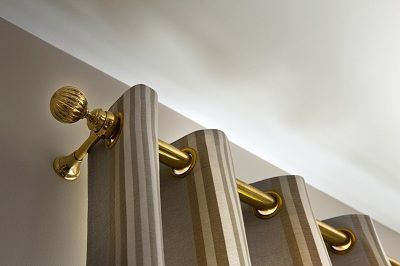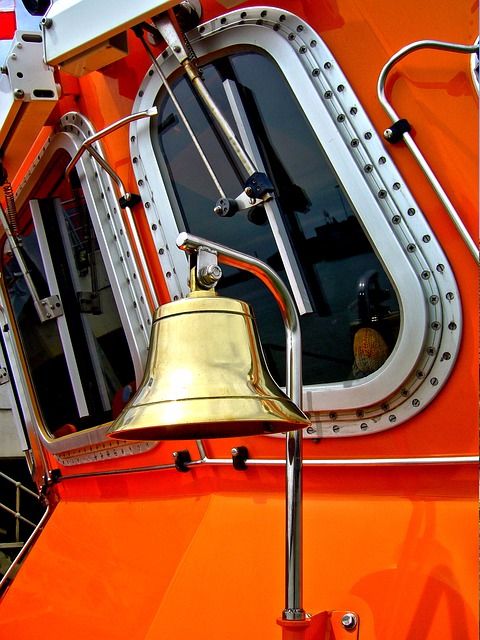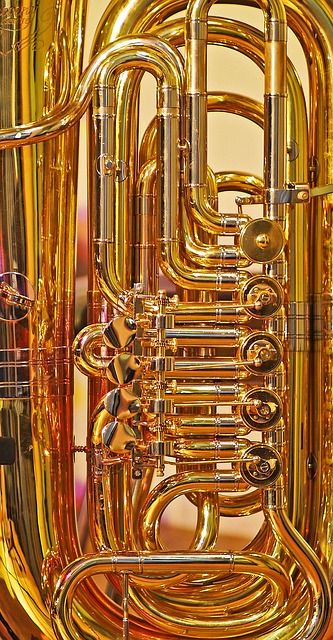Brass, an alloy of copper and zinc, is prized for its many useful properties. Although not as popular as its older sibling “bronze”, it sure has made a name for itself after benefiting a lot of different industries, from manufacturing and transportation to distribution and service. Today, it can be seen in various forms, including sheets, bars, and ornamental pieces.
Among the many forms of brass, the one thing that makes it extremely useful is tubing. Brass tubes are quite a favorite in many industries because they are sturdy in construction, easy to install, corrosion resistant, and have durable and elegant-looking finish. They’ve even inherited copper’s antimicrobial properties, which make them all the more sought after for a great deal of applications.
Tubes and Pipes
There’s a difference between a tube and a pipe that anyone who’s considering using a hollow cylindrical material for their project should know. Although tubes and pipes look the same, they are made for different purposes. Pipes are used to convey something, such as gas or fluid, while tubes are used to support something as in construction or as an architectural element.
With its amazing properties, brass can actually perform both purposes. It is even a preferred material for water systems and sanitary fittings because of its antimicrobial properties. Because it’s also resistant to corrosion and very durable, it can withstand long exposure to water or even to corrosive fluids. As a tube, brass can provide both strength and aesthetic appeal, a combination that other metals can hardly achieve.
Other Applications
Brass tubing is also a good material for furniture and lighting fixtures. Not only does it have a nice sheen, it also has a gold-like appearance that has a transformative effect. To make the most of its antibacterial properties, it can be used for doorknobs, handles, and rails. For ultimate sanitation and use for maritime applications, admiralty brass tubes are the perfect choice.
If you are planning to use brass tubing for any of your future projects, make sure that you will get your materials from the best supplier. It helps to find one that specializes in copper alloys, which include brass, and have been in the business for a long time. Long years of establishment mean vast experience in providing for all kinds of project and having a large network of reputable manufacturers.
Source:
What Is Brass Tubing And What Are Its Common Uses?, selfgrowth.com




